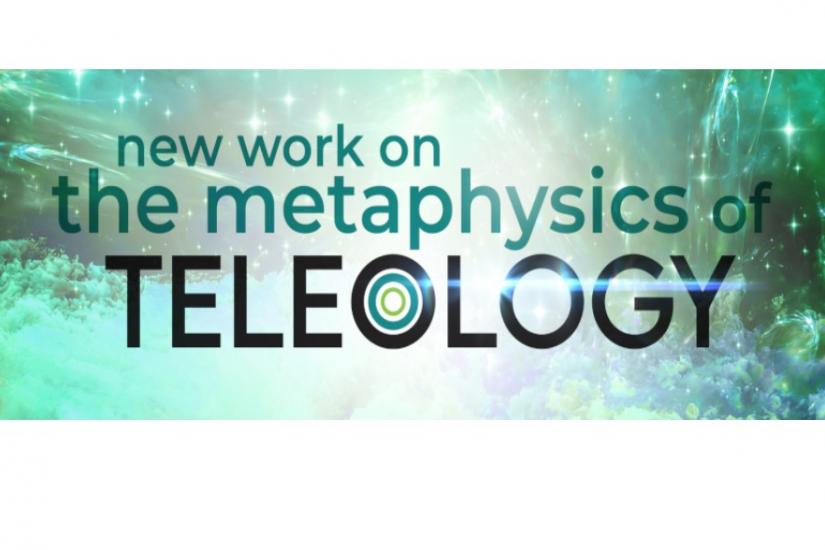
In my recent book, Matter, Form, and Moving Causes, I attempt to articulate, develop, and in some instances significantly revise the traditional interpretation of Aristotle’s theory of substantial generation with the aim of deepening our grasp on how the doctrine of hylomorphism – understood as a blueprint for thinking about the world – informs his understanding of the process by which new substances come into being. In this paper I attempt to flesh out that account by drawing on various things Aristotle says in his biological works. According to the picture that emerges from the biology, all the ‘hands on’ labour of generation is carried out by certain lower-level elemental forces (e.g. heating and cooling) whose necessary causal interactions physically transform the matter into a new substantial individual, while the ‘choreography’ of those interactions (their timing, location, order, etc.) is due to some other goal-directed efficient cause that guides the process towards some good end. I call this “the architectonic model” of natural generation, owing to the regulatory role it assigns to the primary efficient cause in the process. In the first half of the paper I show how this architectonic model (which is introduced in GC II 9 and developed in the biological works) has its roots in the account of generation in Plato’s Timaeus. In the second half I discuss how this interpretation compares with another influential reading developed by Mariska Leunissen (2010). According to Leunissen, Aristotle distinguishes between two distinct patterns of teleological causation. While both patterns involve “the goal-directed actions of [the formal] nature as an internal efficient cause”, in the one case this nature acts by “realizing an internal, preexisting potential for form” (what she calls primary teleology); in the other (what she calls secondary teleology) it acts “by using materials produced by material necessity for the good of the natural being”. My interpretation agrees with the basic intuition behind Leunissen’s account, namely, that to understand Aristotle’s natural teleology we should focus on the different patterns of causal interactions that occur between the goal-directed activities of an organism’s formal nature and the necessary changes arising from its material nature. What I deny is that Aristotle himself meant to divide these patterns two distinct kinds of teleological causation. Instead, I argue that her categories of primary and secondary teleology (suitably circumscribed) are simply variations on the same “architectonic model” developed in the first half of the paper.
Devin Henry is an Associate Professor in the Department of Philosophy at the University of Western Ontario. He is the author of the recent book Matter, Form, and Moving Causes: Aristotle on substantial generation (CUP, 2021), the co-editor of Bridging the Gap between Aristotle’s Science and Ethics (CUP, 2015), and has published several articles on Plato and Aristotle. His most recent article is “Essence and Definition in Aristotle’s Parts of Animals” (British Journal for the History of Philosophy, 2021).
The chief goal of the "Meant to Be: Resuscitating the Metaphysics of Teleology" project is to foster intelligent debate on philosophical issues concerning science, religion, and their conflicts and connections.
Headed by principal investigator Daniel Kodaj, along with research assistant Tamás Paár, and co-investigators László Bernáth and Martin Pickup and running from October 2020 to March 2022, the project will include a public seminar series, two international conferences, two edited volumes, and an online materials and bibliography that will be available on-line at the project website. In addition to its research activities, the project is launching a Hungarian YouTube channel to explore some of the project’s main topics intending to be accessible to non-academics, too.
"Meant to Be: Resuscitating the Metaphysics of Teleology", is supported by a subgrant from the New Horizons for Science and Religion in Central and Eastern Europe initiative, is supported by grants from the Ian Ramsey Centre and the John Templeton Foundation.and is hosted by the CEU Center for Religious Studies.
To find out more about this project, visit the website www.teloi.org.